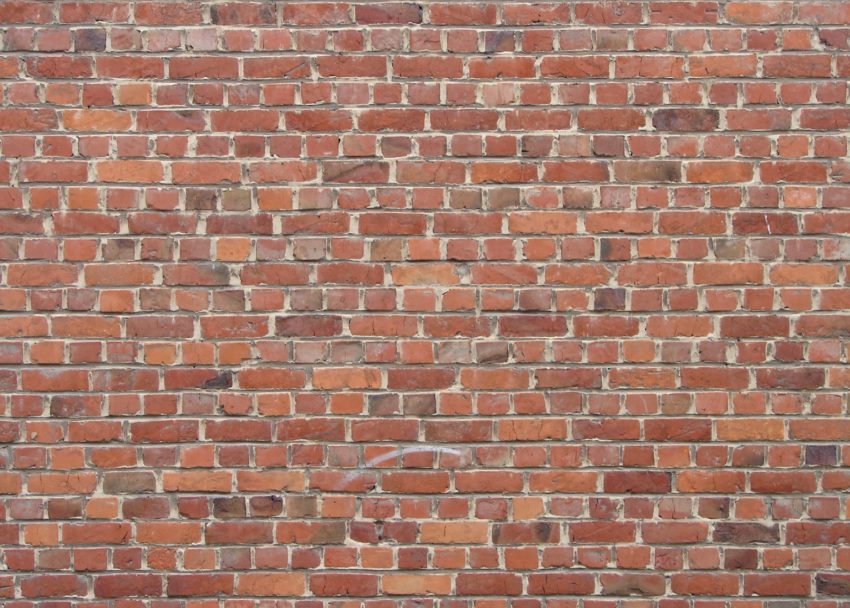Good wall structure is an essential need for any space, from a cosmetic point of view to a more intricate foundation wise perspective. Apart from what was caused by natural abnormalities, construction negligence can lead to cracks and bulging to appear on walls. While brick-based walls are commonly regarded for their sturdiness and longevity, any damage observed is recommended to be solved with an urgent concern.
To fix the shift in a brick wall, you need to identify the reasons why it moved. Common signs that ascertain a shift can be cracking, spalling, or swelling. Sometimes the shift is very acute and concealed from first glance, however if the problem is left unattended it can lead to further bowing or mortar deterioration. After locating the source of the problem, homeowners can take multiple routes to reconfigure the durability of their brick wall structure. It is to be noted that while it is cheaper to resort to DIY fixing of a shifted wall, some damages require professional expertise specifically.

1. Anchoring the Wall
A wall that is moving out of place needs to be adjusted and maintained at the required spot. Wall anchors can be placed to stabilize the wall to resolve wall bowing issues. Each wall is built uniquely, according to the desired layout, and need specific anchors. Homeowners can redefine wall foundations by placing steel channels running through brackets between floor joists and beams can create furbished foundation footing. Another option can be to use carbon fiber strips that would support the wall and realign it to the original base.
2. Minor Alterations
Homeowners who recognize the shift timely, can utilize simpler alternatives to repair the damaged parts of the wall. A common practice is brick repointing where mortar is repacked within joints between individual bricks that make up the exterior of the wall. If vertical cracks due to a shift are visible on the wall, one can cut out the damaged bricks and replace them with new sturdy ones. Another alternative is to drill holes in cracked bricks and inject thixotropic resin grout. This helps maintaining the original strength of the bricks and helps the wall to not bow down further.

3. Restoration with Helix Ties
At the sight of delamination, or separation of bricks, helix ties can be post installed. Helix ties are steel rods which resist the tension force between the bricks on a shifting wall. It can be easily fitted by drilling holes in the brick wall and placing the rods inside to sustain any further stress. The ease of mounting Helix Ties provides permanence and stability to bricks which were previously pulling apart from one another.
4. Rebuilding It
If the deterioration was not checked in time and spalling have worsened, then the wall needs to be taken down and rebuilt. Some damages are way too severe and serious that a minor modification cannot help. It is recommended to understand why the initial construction failed and how to securely deal with. Once all problematic bricks are chucked away, reconstruction can finally take place.

